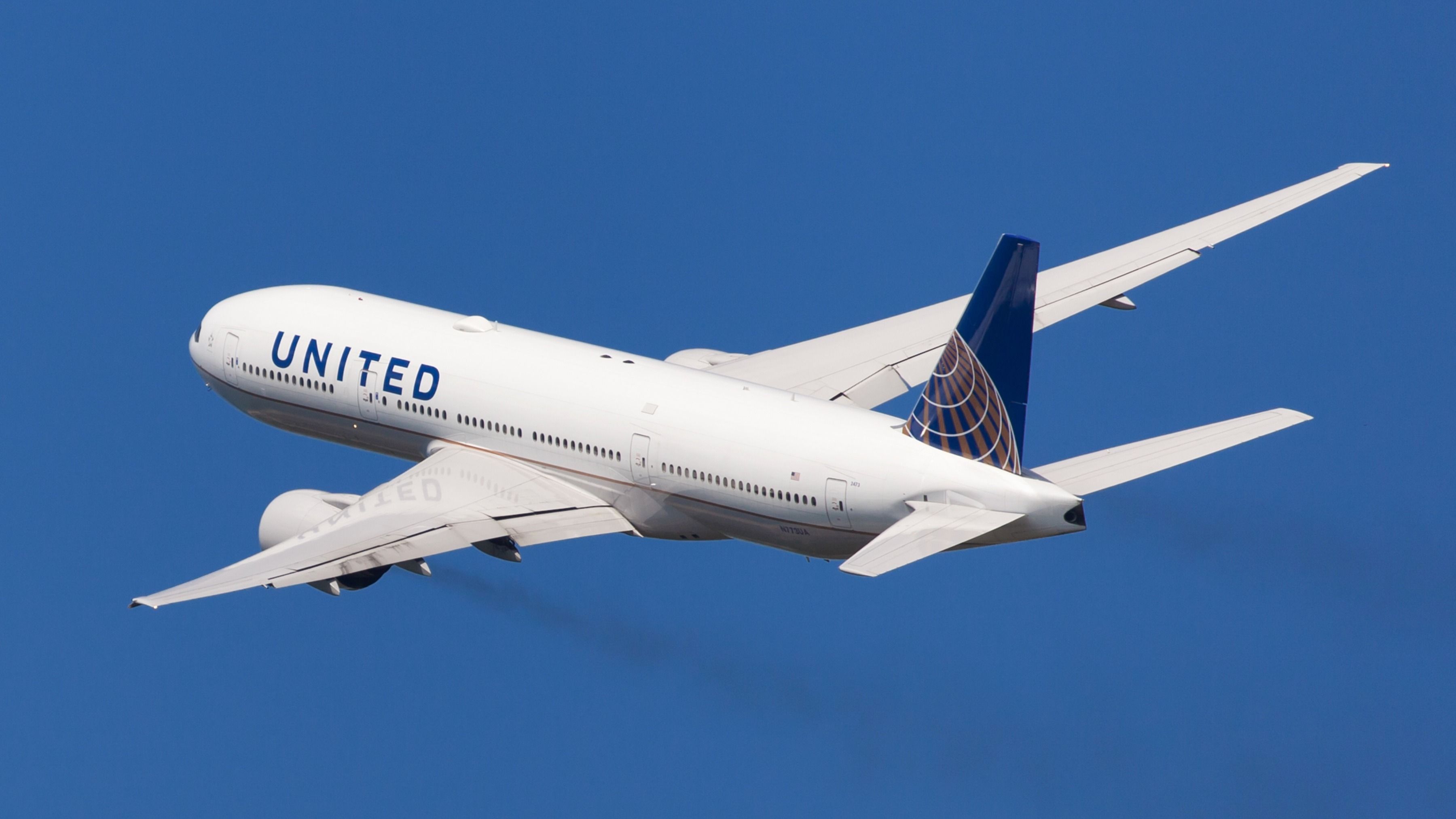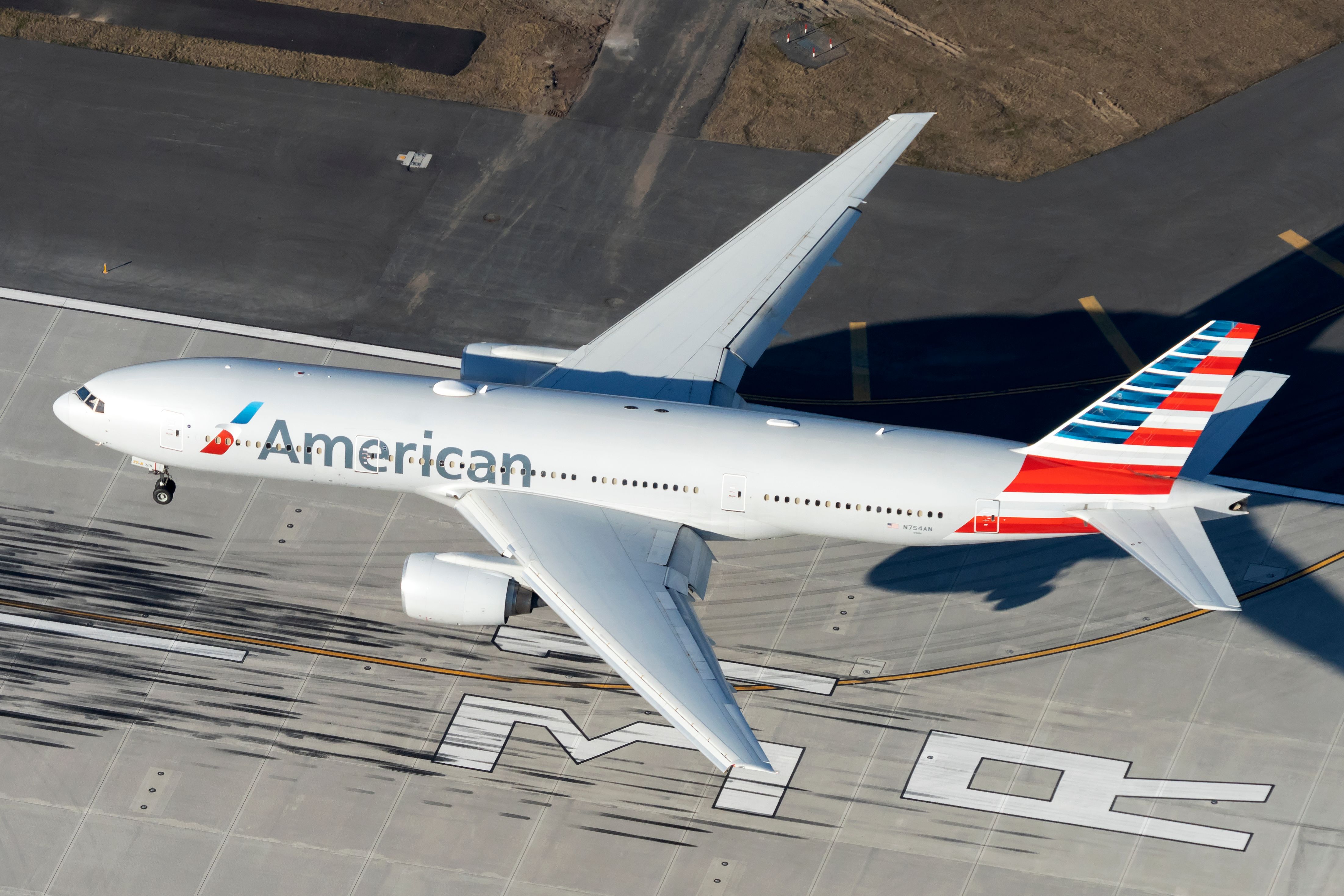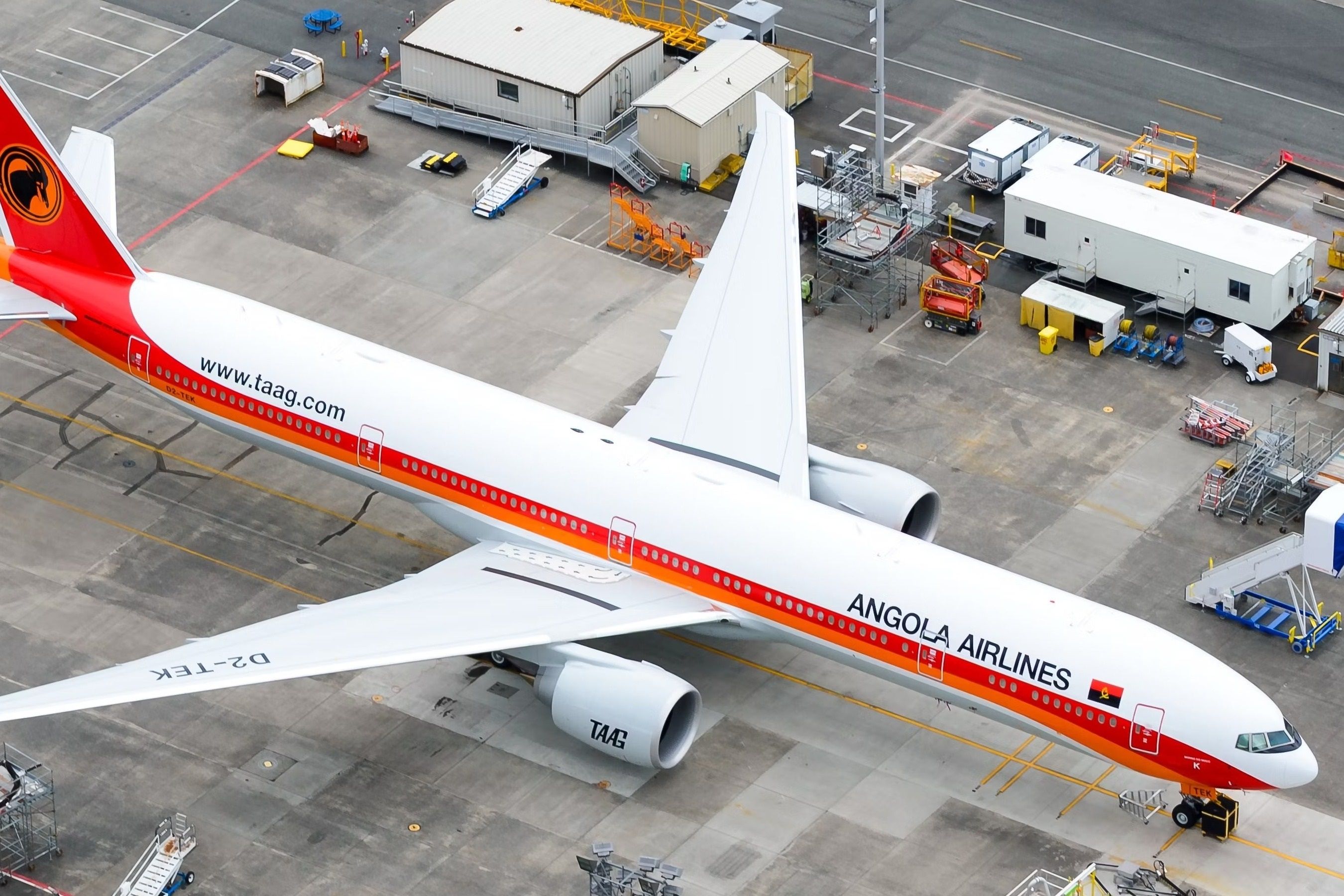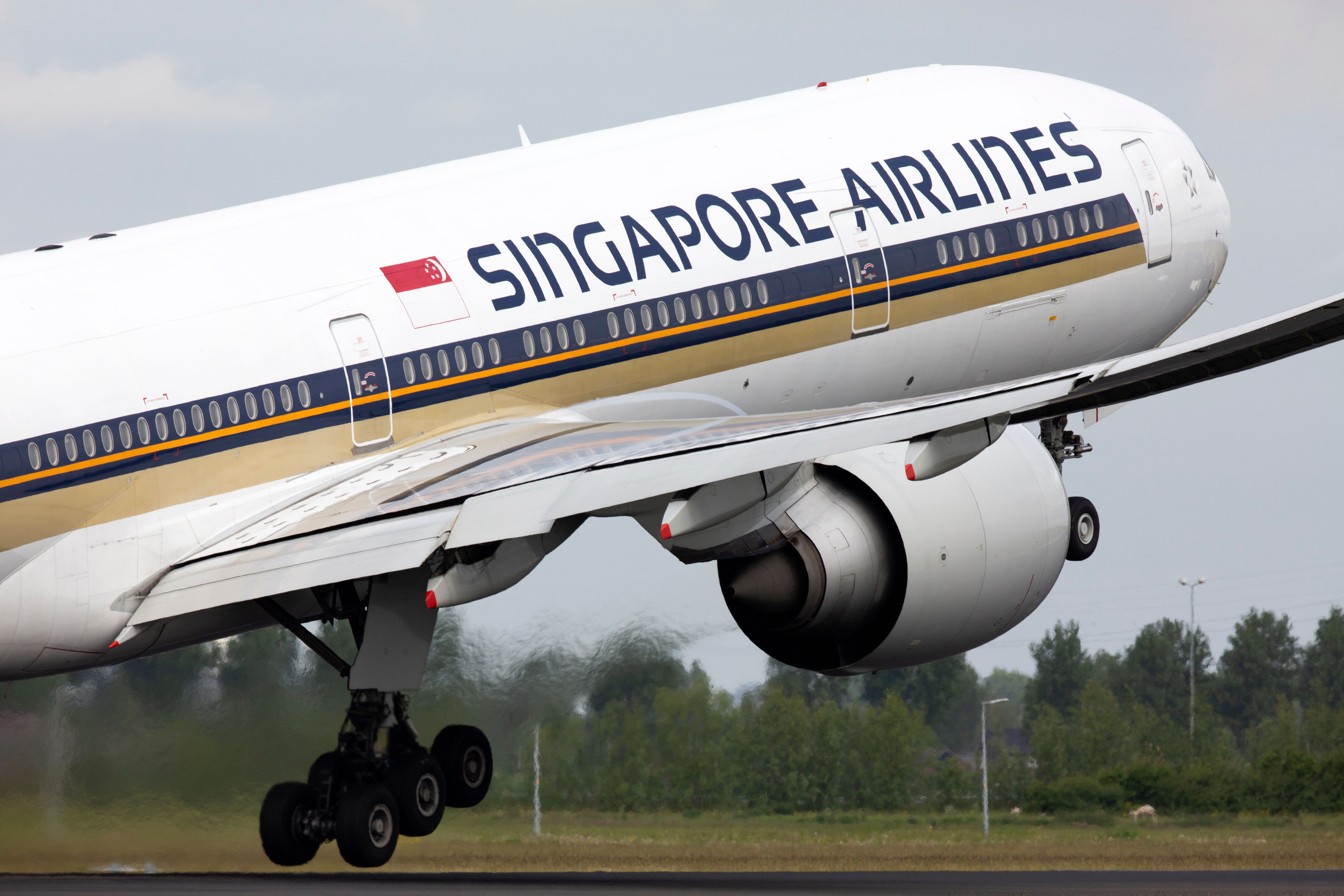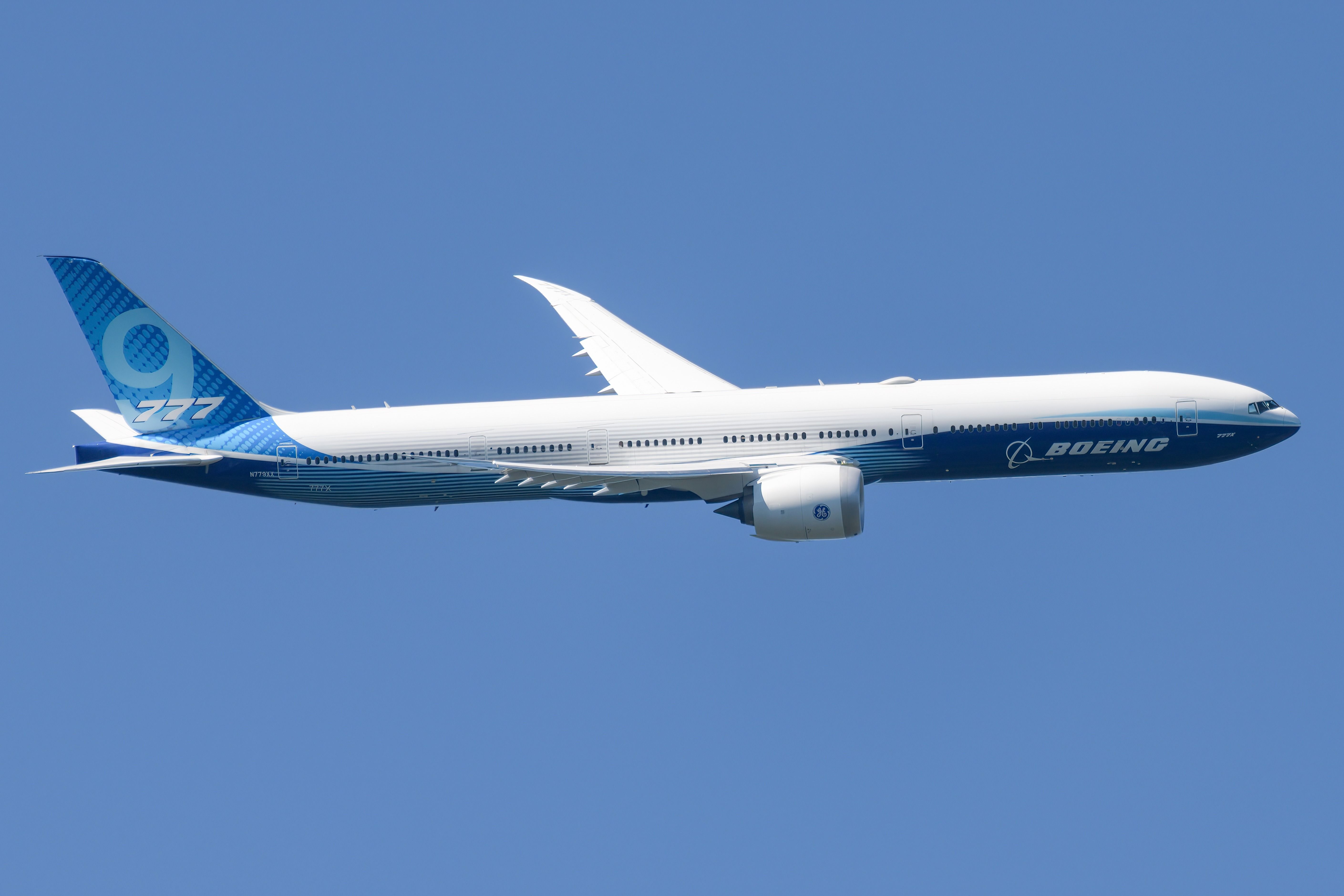Summary
- The Boeing 777 was developed as a twin-engined aircraft to fill the gap between the 767 and 747, and has since become a popular choice for long-haul flights.
- The original first-generation 777s were the 777-200, 777-200ER, and 777-300, with the -300 offering increased passenger capacity and a slightly higher range.
- The extended-range variants, such as the 777-300ER, became more popular among airlines due to their increased capabilities, with the 777-300ER being the most popular variant to date.
At its launch in 1995, the Boeing 777 represented the very best of the US manufacturer's engineering. The aircraft type carved out a new market for Boeing and kept its European rival at the gates. But what is the difference between the original 777 variants - the 777-200 and the 777-300?
The history of the Boeing 777
In the final years of the 1980s, airlines started to look for a replacement for their McDonnell Douglas DC-10 and Lockheed L-1011 aircraft. Airbus was offering the A330 and A340 as the next generation of aircraft, with large airframes that put the 'wide' in widebody and had a passenger capacity to match. These features made Boeing's proposed 767-stretch offering too small, forcing the company to return to the drawing board and develop a new design.
Boeing needed a twin-engined aircraft capable of flying long distances and filling the gap in the market between the 767 and the mighty 747. With its powerful engines, the 777 did just that, and Boeing has gone on to build two more generations of the aircraft (the 'ER/LRs' and 777X) as well as freighter variants.
The Boeing 777 timeline
Here is a closer look at the development timeline for the Boeing 777 program:
- Boeing 777-200 - The original Boeing 777 that first flew in 1994.
- Boeing 777-200ER - The extended-range version that took flight in 1996.
- Boeing 777-300 - The first stretch that flew in 1997.
The above three aircraft are known as the first-generation 777s. Next, Boeing went on to build the second-generation models:
- Boeing 777-300ER - The extended-range version of the 777-300 that first flew in 2003.
- Boeing 777-200LR - The long-range version of the 777-200 that completed its first flight in 2005.
- Boeing 777-200F - The freighter version that entered into service in 2009.
In the 2000s, the 777 was the most profitable aircraft for Boeing, although Airbus was hot on its heels with the A350. Not wanting to give up its market share, Boeing subsequently began working on the third-generation 777s:
- Boeing 777-9 - Boeing's new flagship aircraft that took its maiden flight in January 2020.
- Boeing 777-8 - A shorter, longer-range version of the 777-9.
What is the difference between the 777-200 and 777-300?
Below is an overview of how the first-generation 777s compare in terms of passenger capacity and range:
- Boeing 777-200 - Carries up to 305 passengers in a standard three-class configuration, with a range of 5,240 NM.
- Boeing 777-200ER - The same passenger capacity as the 777-200, but with an extended range of up to 7,065 NM.
- Boeing 777-300 - Carries up to 368 passengers in a standard three-class configuration, with a range right in the middle at 6,030 NM.
The Boeing 777-300 offered airlines additional passenger capacity and a slightly increased range thanks to its bigger fuel tanks. However, it was not until the second-generation extended-range 777-300ER came about that the aircraft's range increased substantially to 7,370 NM.
Which is better?
The first-generation Boeing 777-200 and -300 are largely similar, with the only significant difference being the -300's increased passenger capacity. The two aircraft attracted just 88 and 60 orders, respectively. However, the arrival of the extended-range variants led to a significant uptick in orders, with airlines keen to take advantage of the additional capabilities of each aircraft.
The 777-200ER clocked up more than 400 orders, but the 777-300ER went on to become the most popular of all 777 variants among airlines, with more than 830 examples delivered since it entered into service in 2004 with Air France.
However, all eyes are now turned to the third-generation 777 - the 777X, with deliveries of the 777-9 expected to begin in 2025. Significant orders for the aircraft have come from the likes of Emirates, Qatar Airways, and Singapore Airlines.
Have you flown on a first-generation Boeing 777? Share your experiences by commenting below.

